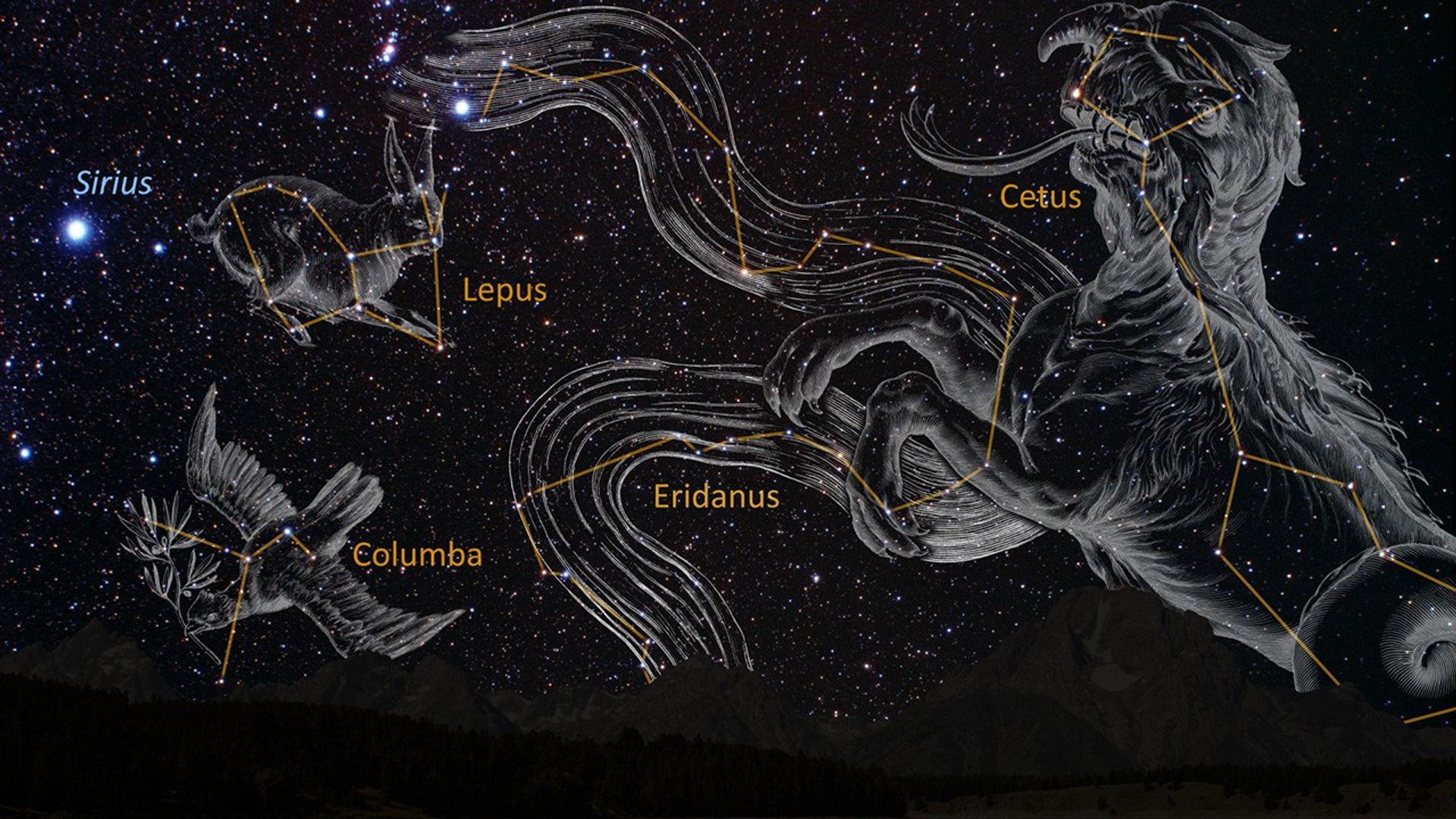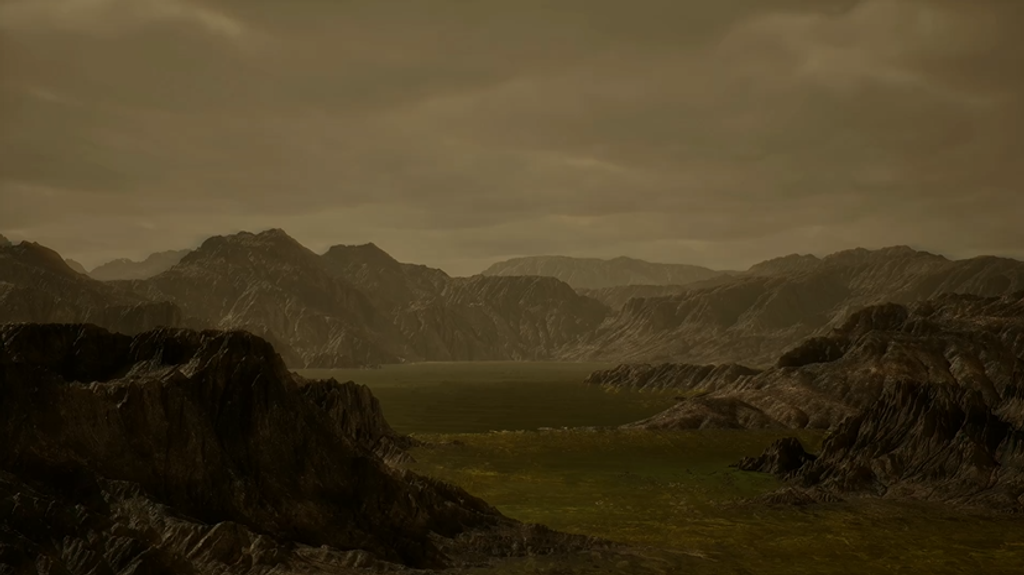Astronomers using the Hubble Space Telescope have assembled a comprehensive picture of the evolving universe – among the most colorful deep space images ever captured by the 24-year-old telescope. This study, which includes ultraviolet light, provides the missing link in star formation.
1 min read
Hubble Team Unveils Most Colorful View of Universe Captured by Space Telescope
Related Images & Videos

Hubble Ultra Deep Field 2014
Astronomers using NASA's Hubble Space Telescope have assembled a comprehensive picture of the evolving universe – among the most colorful deep space images ever captured by the 24-year-old telescope. Researchers say the image, from a new study called the Ultraviolet Coverage of...

Hubble Unveils Its Most Colorful View of the Universe (Zoom and Pan)
This video is a zoom into a small patch of sky in the constellation Fornax. This is the target area for the Hubble Ultra Deep Field, which was first observed in 2003. The low density of bright foreground stars in this region of the heavens allows astronomers to clearly view...
Share
Details
Claire Andreoli
NASA’s Goddard Space Flight Center
Greenbelt, Maryland
claire.andreoli@nasa.gov
Image: NASA, ESA, H. Teplitz and M. Rafelski (IPAC/Caltech), A. Koekemoer (STScI), R. Windhorst (Arizona State University), and Z. Levay (STScI);
Science: NASA, ESA, H. Teplitz and M. Rafelski (IPAC/Caltech), P. Kurczynski (Rutgers University), N. Bond (Goddard Space Flight Center), E. Soto (Catholic University), N. Grogin and A. Koekemoer (STScI), H. Atek (École Polytechnique Fédérale de Lausanne, Switzerland), T. Brown and D. Coe (STScI), J. Colbert and Y. Dai (IPAC/Caltech), H. Ferguson (STScI), S. Finkelstein (University of Texas, Austin), J. Gardner (Goddard Space Flight Center), E. Gawiser (Rutgers University), M. Giavalisco (University of Massachusetts, Amherst), C. Gronwall (Penn State University), D. Hanish (IPAC/Caltech), K.-S. Lee (Purdue University), Z. Levay (STScI), D. De Mello (Catholic University), S. Ravindranath and R. Ryan (STScI), B. Siana (University of California, Riverside), C. Scarlata (University of Minnesota, Minneapolis), E. Voyer (CNRS, Marseille), and R. Windhorst (Arizona State University)


































